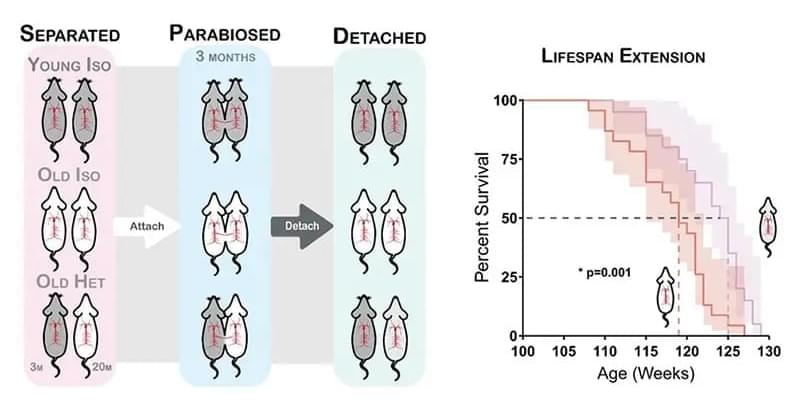A three-member team spent four years building the low-latency bot which responds faster than the time it takes for an eye to blink.
Shandong, China-based Qibot Robot Company claims to have built the world’s fastest boxer bot. Standing over six feet (1.9 m) tall, the bot is a single-handed robot that can be teleoperated and has a response delay time of just 12 milliseconds, which according to the company, makes it the world’s fastest, the South China Morning Post.
Just as robots are being built to replace humans in tedious and repetitive tasks, they are also great alternatives facing violence. Militaries worldwide are looking to increase the use of drones to keep humans out of danger zones, and robot wars aren’t an alien concept for most people today.





